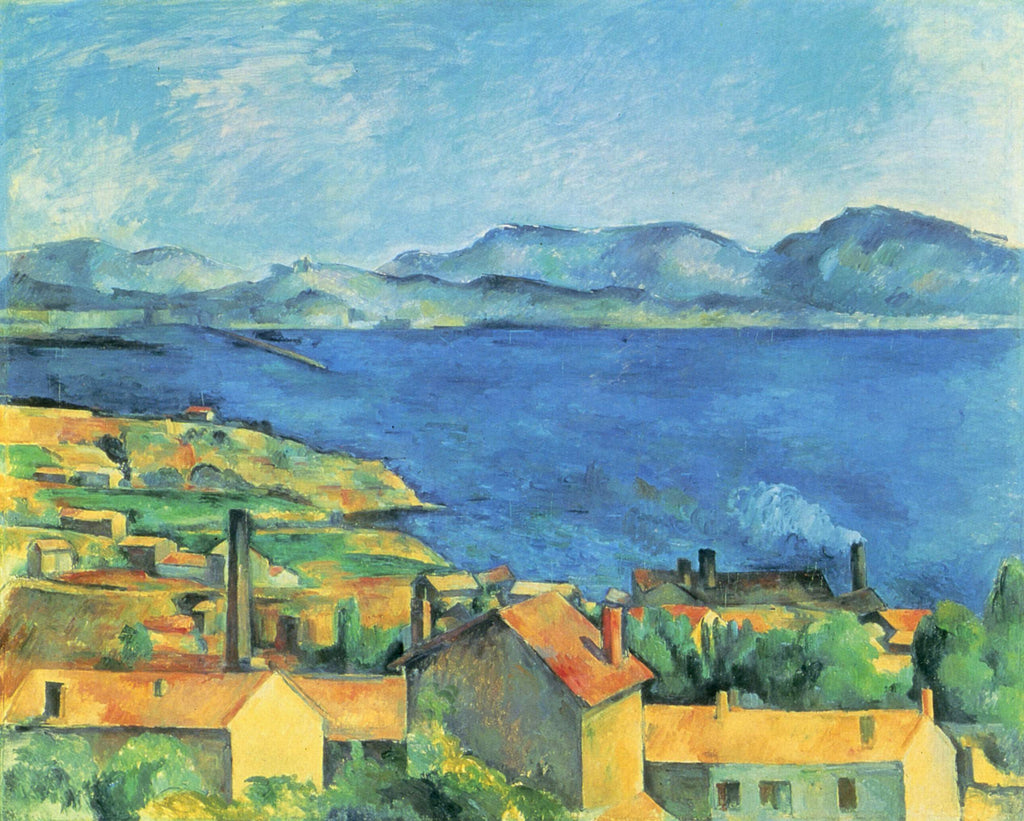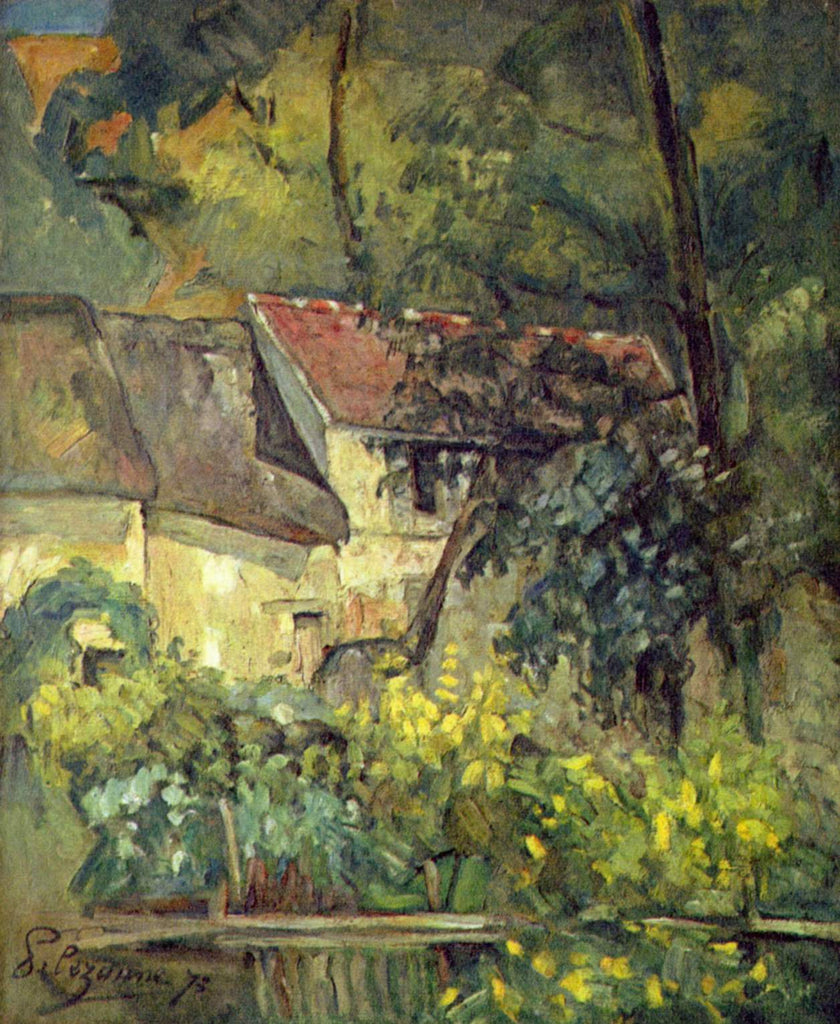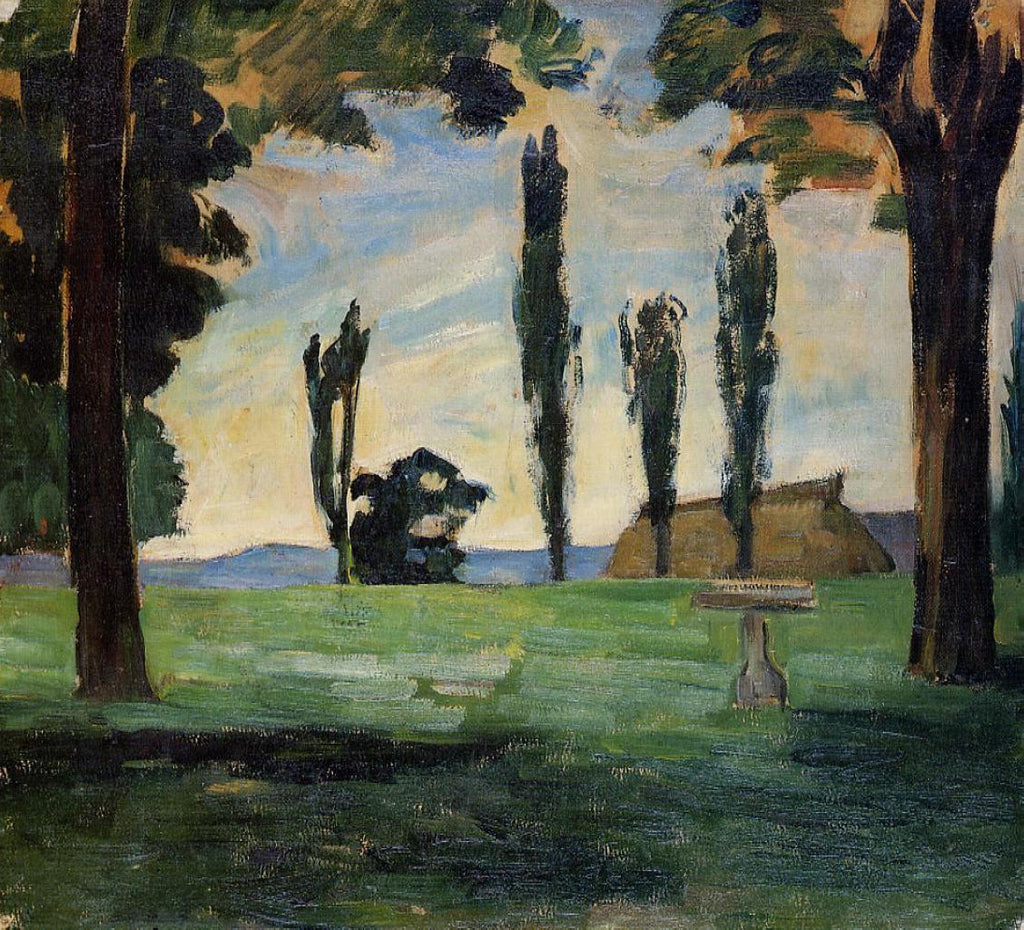Acrylic Art Box Inspiration: Paul Cezanne
“Don't be an art critic. Paint. There lies salvation.” – Cezanne
Did you know Cezanne is considered to have bridged the gap between Impressionism and Cubism? Henri Matisse and Pablo Picasso even claimed that he was “the father to us all.” Cezanne was a Post-Impressionist artist who many famous artists like Picasso and even Edgar Degas considered a genius. Cezanne explored geometric form and color in a new way, and artists learned from Cezanne that color could alter the structure of an object.

Cezanne came onto the art scene in Paris in the late 1860s at the same time Claude Monet and the Impressionists were starting to disrupt traditional ways of making art. Unlike Monet who painted soft, fluid brushstrokes, depicting reflections of light, Cezanne painted with a more architectural style, creating a structural order to his forms. Cezanne went beyond the way Impressionists portrayed light and color and explored depth and perspective through color.
 Like the impressionists, Cezanne’s works were rejected from the Paris Salon, and his work was first shown in the Salon of the Refused in 1863. His work distorted traditional realist perspective portrayed in academic art, and audiences made fun of his work for this and his works’ simplicity and flatness. But, Cezanne was in fact challenging audiences to view his landscapes, portraits, and still lives in a new and different way— to peer into another world where viewers could see how color creates from. He showed a more playful way of seeing everyday objects, urging viewers to think about the way they perceive three dimensional objects on a two-dimensional canvas.
Like the impressionists, Cezanne’s works were rejected from the Paris Salon, and his work was first shown in the Salon of the Refused in 1863. His work distorted traditional realist perspective portrayed in academic art, and audiences made fun of his work for this and his works’ simplicity and flatness. But, Cezanne was in fact challenging audiences to view his landscapes, portraits, and still lives in a new and different way— to peer into another world where viewers could see how color creates from. He showed a more playful way of seeing everyday objects, urging viewers to think about the way they perceive three dimensional objects on a two-dimensional canvas.

Cezanne is considered a Post-Impressionist artist today because he went beyond the Impressionist focus on light, thinking more about structural form and space. Cezanne’s approach to painting form and color was extremely different from other artists. Early on, he even created a series of paintings with a palette knife, rather than a paintbrush. But it was also his arrangements of objects in space to create perspective. Each stroke had meaning in his paintings, and allowed him to construct his paintings with a sculptural quality.

He challenges the way we see depth and dimension and purposely flattens his work to play with the way we see perspective—his work appears two-dimensional but also sculptural. He builds forms with color and depth through gradations of color, and dimensions by organizing layers of color. Cezanne’s use of color and his short flat brushstrokes bring together form and perspective in an innovative way—the flatness of his work demands our attention as we try and interpret space and volume.

Cezanne developed his own kind of pictorial language that was different than the Impressionists, and often painted in isolation. He did however, share with Impressionists, a fondness for painting outdoors. Cezanne inspires us to think about the way we see life around us, to understand how color can create form in space—and to create our own new way of making art.
